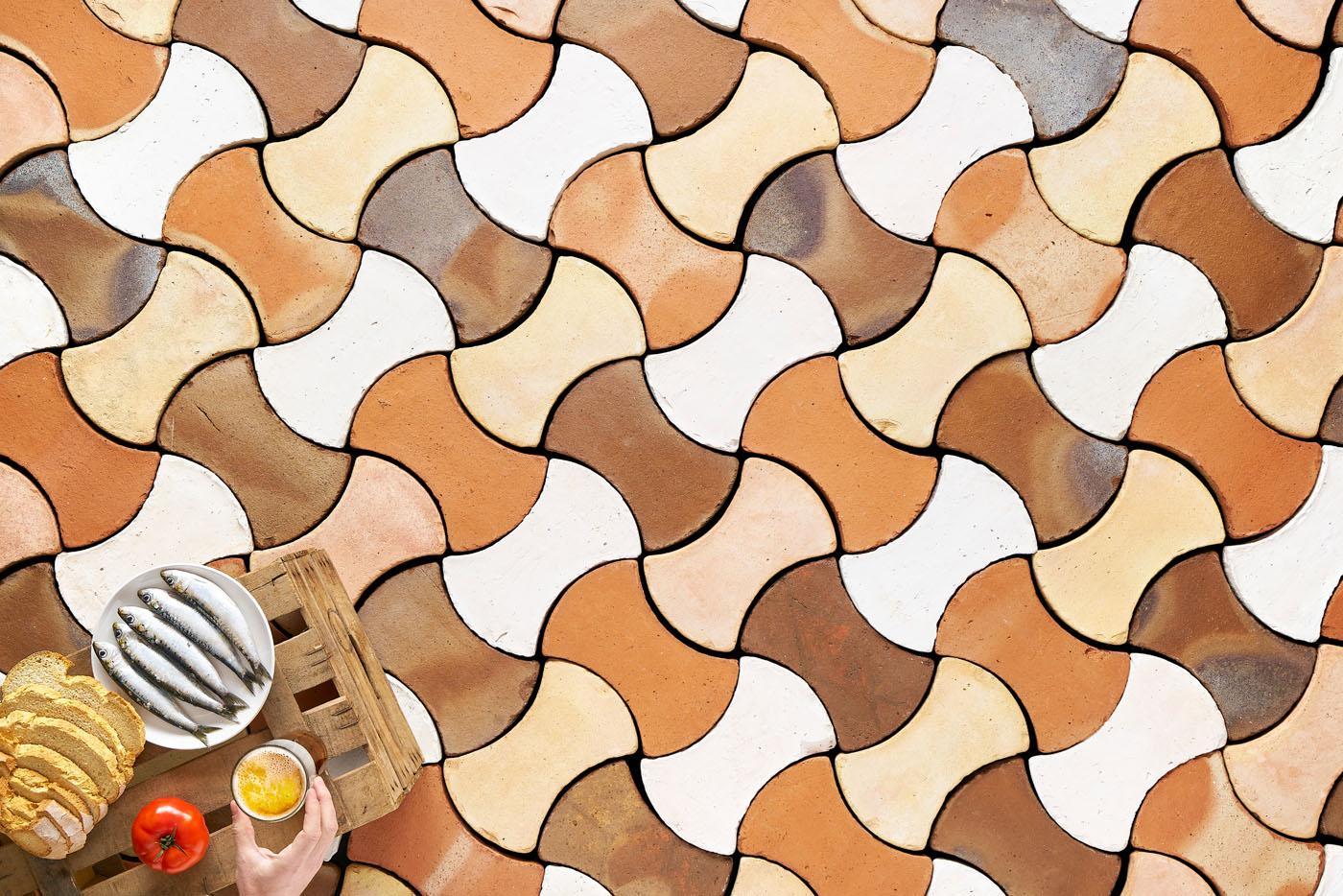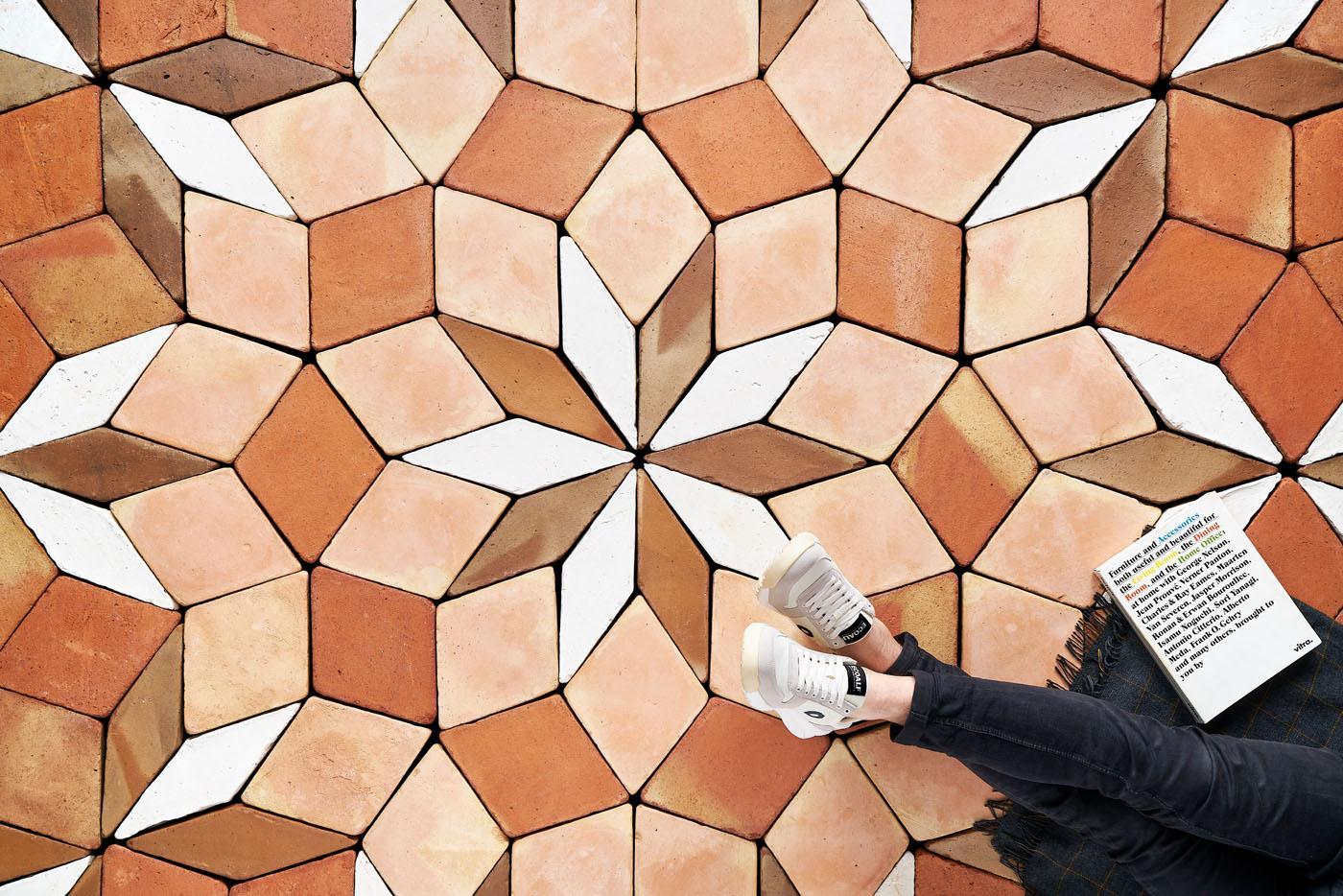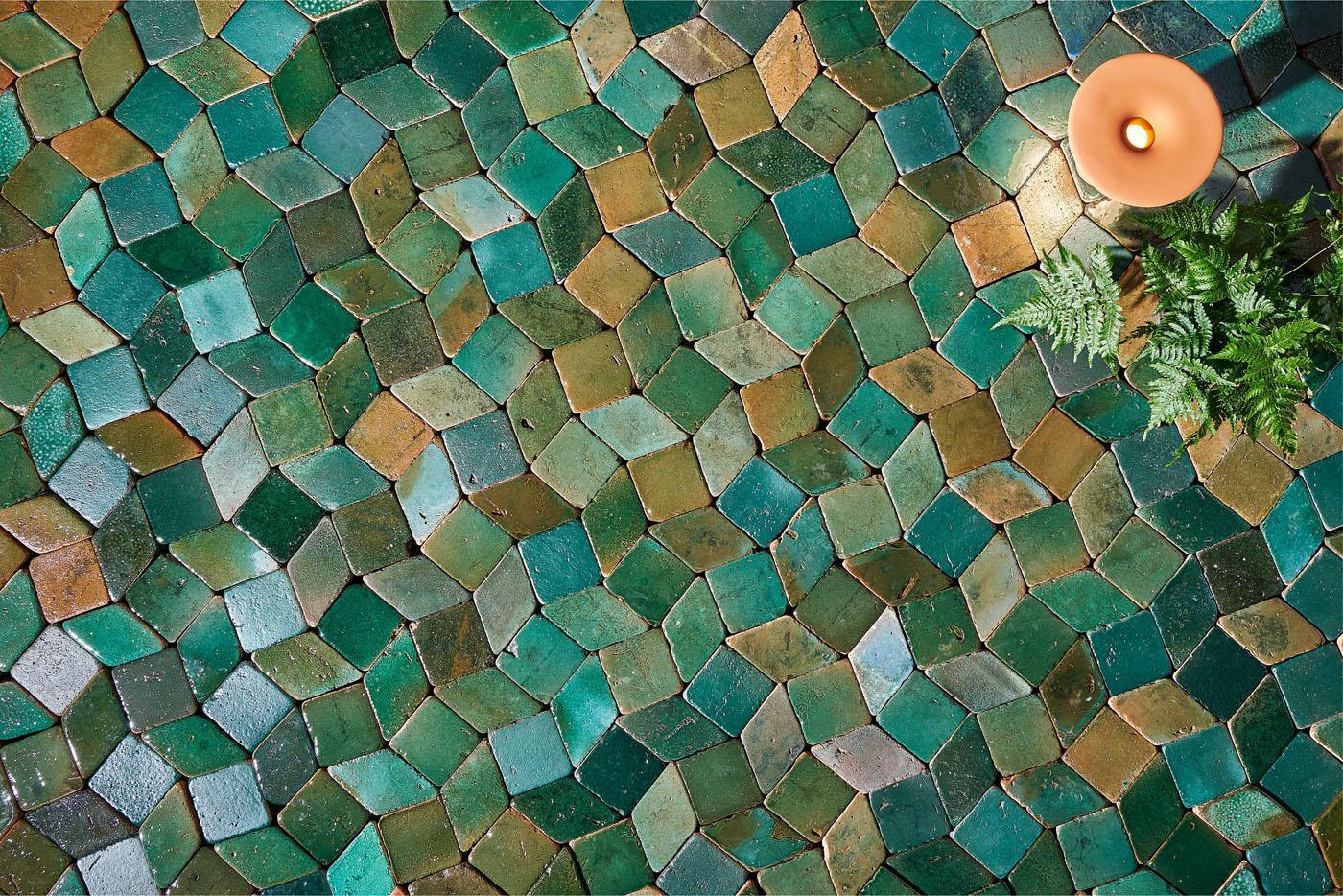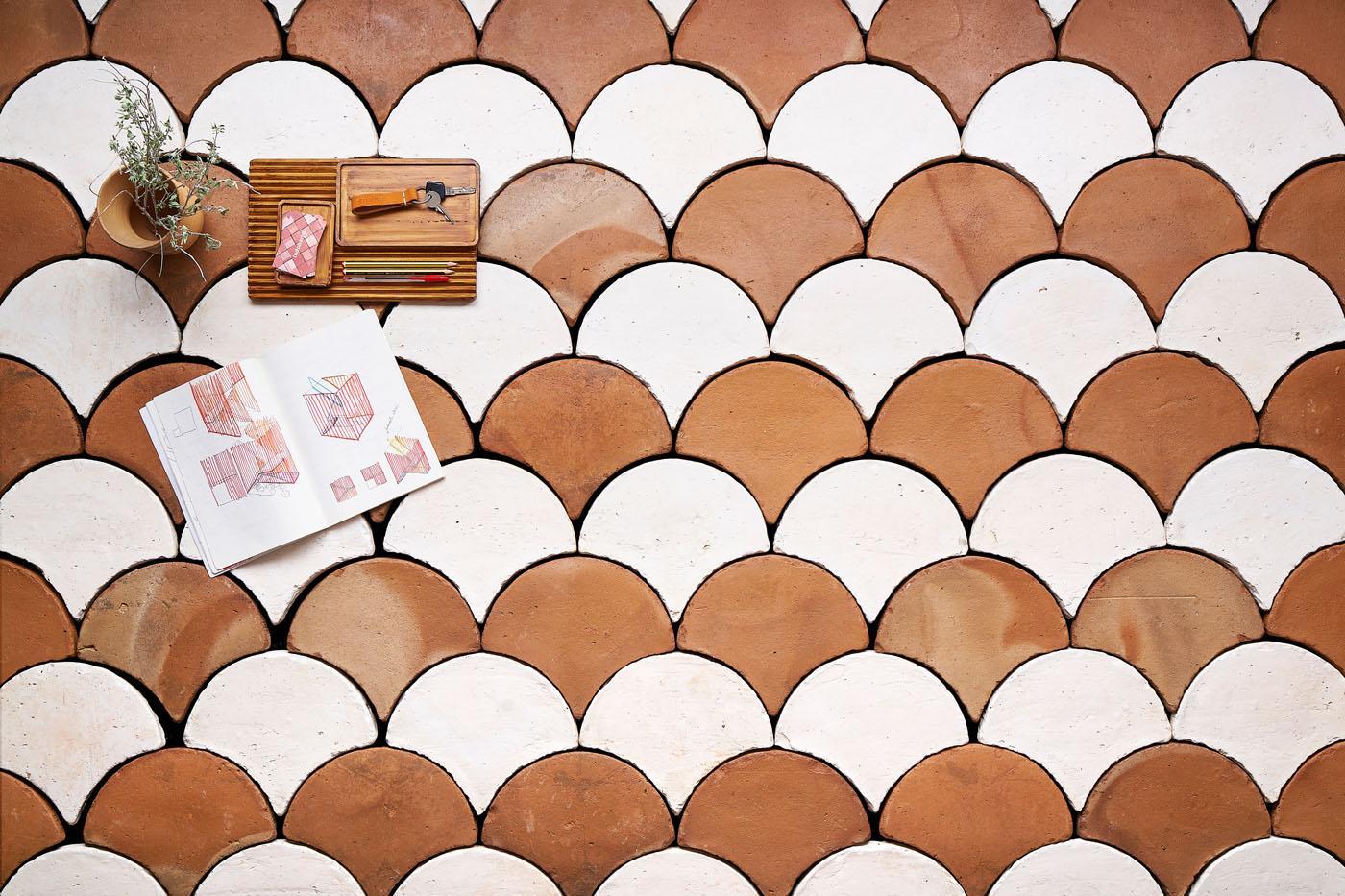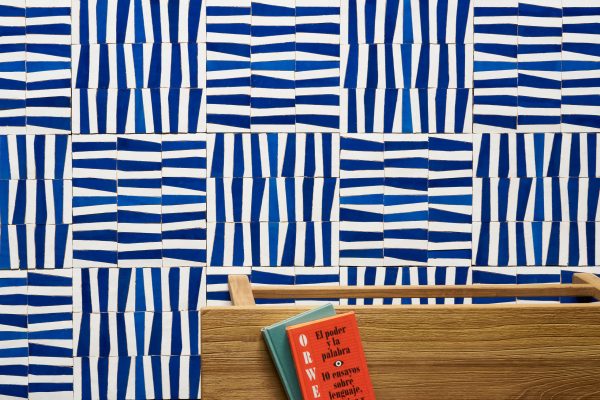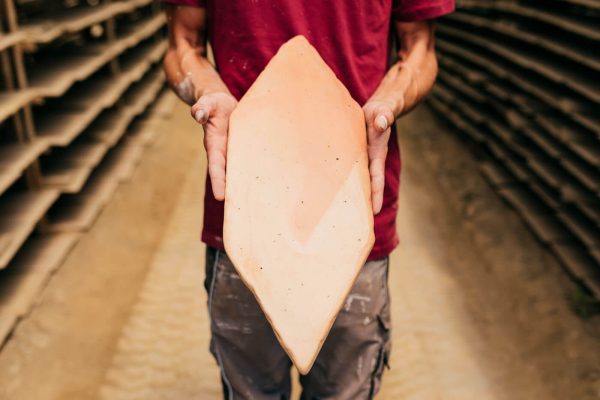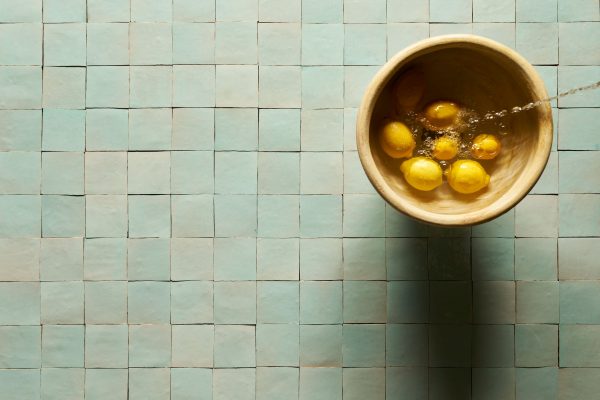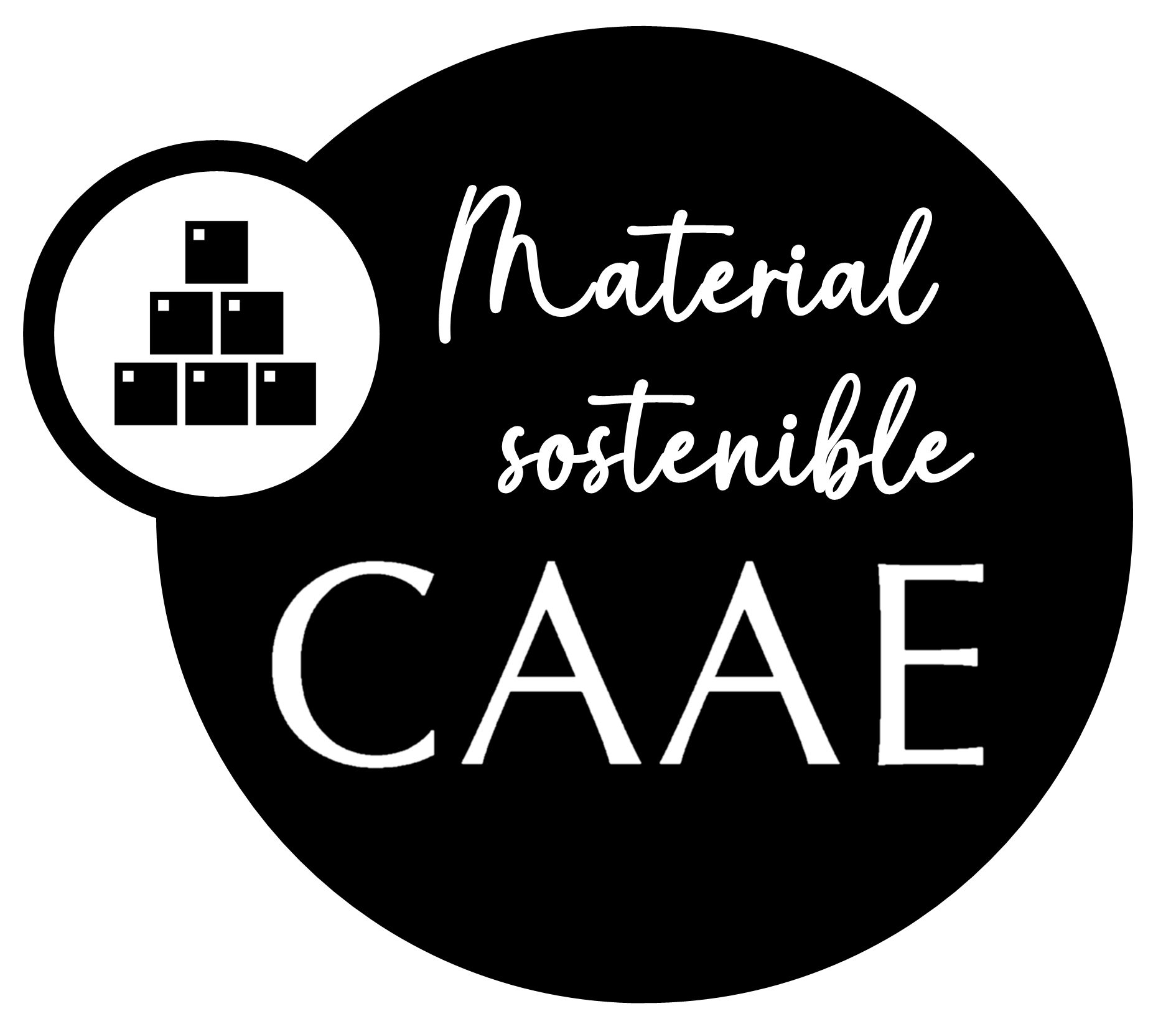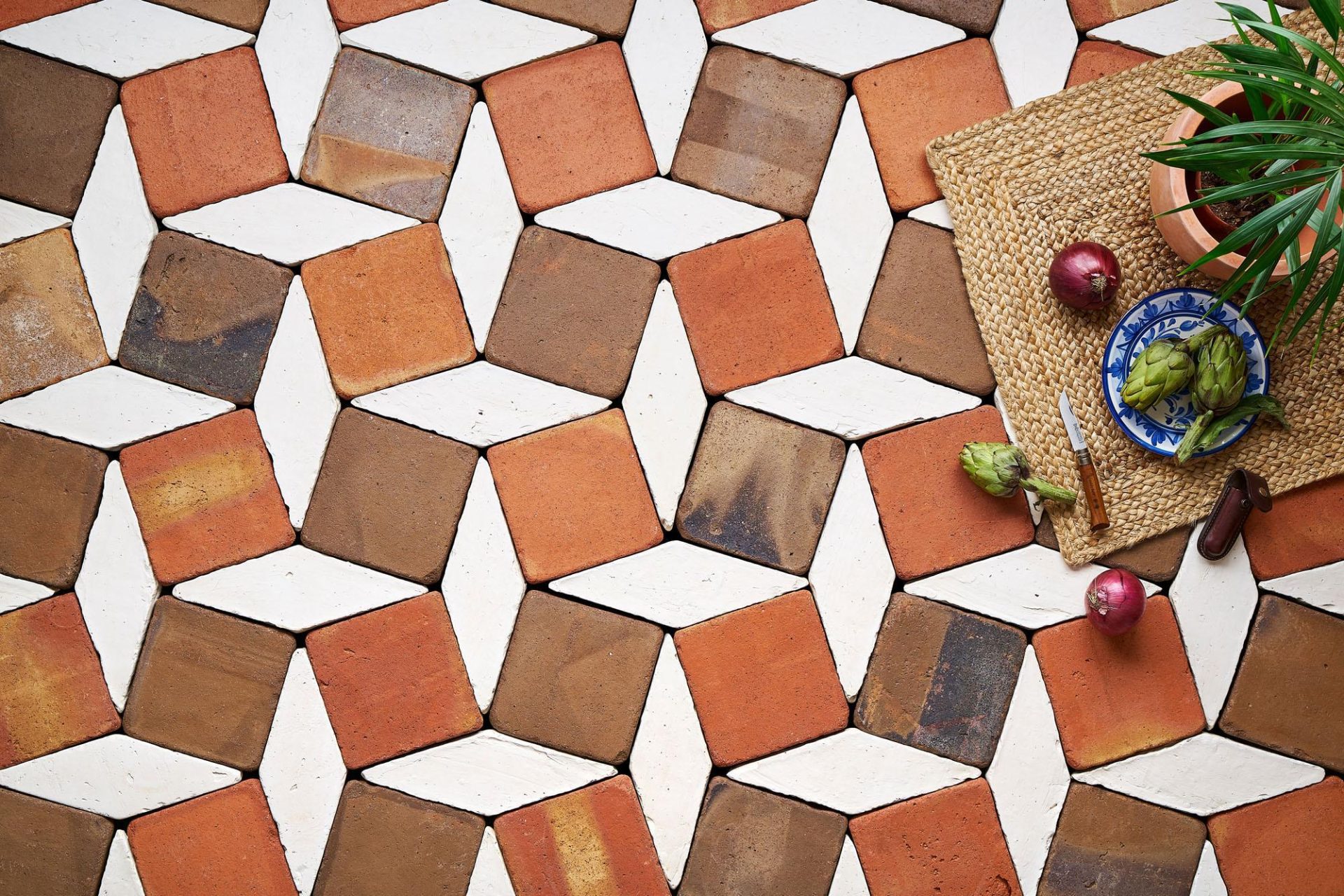
The Nasrid mosaic: mathematics, art and tradition
The geometry of the Nasrid mosaic not only inspires our designs, for they are, in fact, based on them. Knowing where we come from is essential for us to get where we want to go.
The Spanish poet and playwright Alberto Conejero reflected on the past in an interview about his latest collection of poems. He said that it “is not a stuffed animal, but a living organism that we must care for and protect”. This almost imperative idea can be extrapolated from the literary context and easily adapted to other fields. In our past there is the Nasrid mosaic, but it is also firmly installed in our present.
The tradition of Andalusian art inspires our terracotta and tessellated floors. Knowing these origins in depth allows us to investigate from it towards avant-garde and design without losing the essence of this living organism of hundreds of years that is terracotta.
A brief approach to the origins: the Alhambra
Nasrid art, which was developed in the Kingdom of Granada during the 13th, 14th and 15th centuries, constitutes the last stages of Hispano-Muslim art in the peninsula. When we think of it, the Alhambra immediately comes to mind.
The architecture of this building-monument is totally integrated in the natural landscape of the Sabika hill, west to the Darro river, in front of the wonderful neighborhood of Albaicín. The sobriety of the exterior walls contrasts with the rich exuberance shown in the decoration of the different rooms, where practically no space is left empty.
Originally called Qalat al-Amra, or the red castle, the Alhambra contains some of the most impressive Nasrid mosaics in the world and we never fail to find inspiration in them for our designs. However, our most obvious homage is found in the Alhambra glazed tiles: simple 10cm square pieces that stand out with a vibrant and intense red hue.
The geometry of the Nasrid mosaic
The Quran prohibits representing the figure of Allah or his prophet Mohammed through painting or sculpture. Nor does it allow the figurative representation of people or animals in sacred places. Because of this iconoclastic rule, geometry is one of the main resources to decorate interior spaces in temples and religious enclosures. In these places the way to represent godliness is through the most perfect form: the circle, which is often used as a pattern along with other motifs.
The Nasrid mosaic is generated through isometric transformations (translation, symmetry, rotation…) and the figures are repeated marking a repetitive rhythm like the one that could be found in music, poetry or religious mantras, multiplying the forms, superimposing or intertwining them. This makes mosaic design to be interpreted as an intellectual rather than an emotional art: it is based on mathematics and thanks to them harmonious and dynamic effects are achieved.
In the same way, we get our tessellations. Precisely this system of generating patterns facilitates the use of renderings and experimentation in our daily work. In this step of production, the Nasrid tradition and digital technology go hand in hand despite the hundreds of years that separate them. The past becomes the present.
Seventeen geometric figures on fire
When visiting the Alhambra and observing the decoration of its interior walls, it may seem that they thought of an infinite number of shapes. But the reality is that all the compositions in the monument only respond to seventeen different models. The best known are: the bone, the petal, the plane, the spindle and the bow tie, in addition to the simplest figures such as the square or the rhombus.
At todobarro we have replicated most of them for our designs in different sizes, shades and combinations, and we have sometimes used different names. What is really important, however, is that we manufacture our pieces with the same elements used by the Nasrid master craftsmen: clay, water and fire.
All of our pieces are handmade in our tile shop. The process is simple: the artisan kneads and shapes the clay. The pieces are left to dry in the air and then fired in a traditional Nasrid oven. In the oven, the biofuel made of pruning remains from the Axarquia region feeds the flames. Once again, the past comes to the present and tradition becomes tangible.
This technique confers authenticity to our product. Adding the Antique texture, which provides the aged finish that characterizes our tiles, and the totally contemporary design, we achieve what is not so easy to achieve: to feel really proud of our work, of the traditional technique and of the final product that we offer to all the people and studios that put their trust on us.
